
8 minute read
Wales and Borders Club
The Club’s herd competition was once again well supported in 2022, with strong entries in all classes.
Congratulations to all the winners.
Advertisement
Cow or heifer with 2022-born calf at foot 1st Holkin Lass Princess Ian and Nickie Hollows
2nd Wenmar Rothes Queen Lexi
Emily Jones 3rd Camlas Juice Sarah Albinus 4th Ballyvaddy Tessa Moss Rose J830 Eric Evans and Sioned Mair
Cow or heifer in calf 1st Glenisla Waterloo Naomi 2nd Cetris Tessa Pippa 3rd Chapelton Duchess 6677 4th Mandinam Lottie Evans and Price Keith and Helen Jones Ela Roberts Louise Crowther
Two-year-old heifer, 2020 born 1st Frenni Anna Pauline 2nd Shawhill Dewdrop Phoenix 3rd Lamboro Popery 4th Cetris Gem Primrose Brian and Eryth Thomas, Ela Roberts Alma James Keith and Helen Jones
Yearling heifer, 2021 born 1st Holkin Daisy Raven 2nd Danygraig Jacaline Rose 3rd Llwynhywell Rainbow Irainia 4th Gupworthy Ribbon
Senior Bull 1st Plynimon Wheat Lewis 2nd Largyvale Jack D 3rd Catterall Marshall 4th Lamboro Horatio
Yearling bull, 2021 born 1st Llwynhywell Rolex 2nd Llwynhywell Rockstar 3rd Gupworthy Rover 4th Vale Meadows Margos Romeo Ian and Nickie Hollows Susan Parry Evans and Price Thea Woollatt
Hywel Morgan Stuart Lane Jonathan Williams Alma James
Evans and Price Louise Crowther Thea Woollatt Huw Davies Calf born in 2022, chosen by judge 1st Holkin Daisy Sunshine 2nd Fedwen Serena Rosebud 3rd Danygraig Salvia 4th Lamboro Ury Maid Spritz
Large herd 1st Frenni 2nd Liwynhywell 3rd Cleeview 4th Lamboro
Medium herd 1st Holkin 2nd Fedwen 3rd Cetris 4th Montgomery
Small herd 1st Dannygraig 2nd Garnwen 3rd Gupworthy 4th Follyfox
Champion herd; Holkin, Ian and Nickie Hollows
Reserve champion herd; Frenni, Brian and Eryth Thomas Ian and Nickie Hollows Ela Roberts Susan Parry Alma James
Brian and Eryth Thomas Evans and Price John and Clare Wilks Alma James
Ian and Nickie Hollows Ela Roberts Keith and Helen Jones John and Ann Humphreys
Susan Parry Emily Jones Thea Woollatt Kirsty Leigh
Johnes and Neospora…. a 21st century solution to loss of herd genetics.
A diagnosis of Johnes or Neospora in a cow or heifer can be devastating, as it often means the end of her breeding career. Tyndale Vets have been boarding these animals and producing disease free embryos by IVF for several years with great success.
In this article Tynedale Vets explains some practical control measures for these important diseases and suggest an option for infected animals.
Johnes disease
This is probably the most difficult disease of cattle to control. Animals are infected many years before they test positive and indeed can be infectious to other animals while still themselves testing negative.
The cause is a hardy bacterium called Mycobacterium avium subsp. Paratuberculosis or, thankfully, MAP for short. Most affected animals became infected under six months old. Any test for the disease at this stage will likely be negative. The bacteria lodge themselves in the small intestine and take up permanent residence within the cells of the calf.
At this stage the animal is clinically well, but at some time, often years later, the bacteria begin to shed themselves in the faeces allowing infection of other young animals. The infected animal will also produce antibodies that will yield a positive Johnes blood test result. Shedding and becoming antibody test positive unfortunately do not occur at the same time, meaning that in an infected herd you do not necessarily know which animals are shedding and which are not.
However, removing antibody positive animals significantly reduces the amount of MAP in the environment, reducing the likelihood of new infections.
To make matters worse, the stress of calving and lactation make progression of the disease to the shedding stage more likely. Calving also now means there are multiple disease susceptible calves around, making the whole situation worse. Many infected dams will infect their own calf and infection becomes almost a certainty once the dam is antibody positive.
Remember though that this calf will be infected, but will remain antibody negative for several years. Antibody positive dams will likely be shedding much more than antibody negative ones and they become a risk to calves other than their own, particularly when calving indoors.
Practical control measures in a suckler herd are more limited than in dairy herds, as calves will nearly always be running with their dams and often a bull as well. Several control schemes are available and a good place to start looking at these is the CHECS website (www.CHECS.co.uk) which is an industry led, not for profit organisation for cattle disease control.
Fundamentally, all schemes work towards the same end goal. They identify the positive animals, enabling them to be removed from the portion of the herd with calves present. Retaining daughters from a positive animal for breeding purposes simply keeps and indeed magnifies the problem within the herd for future years.
The good news is that infected cows and heifers produce clean embryos from both conventional and IVF embryo production processes.
While these animals are blood positive, but clinically well success in embryo production is within the normal range. Sadly, once an animal is clinically unwell results are poor.
Tyndale Vets has a dedicated shed for blood positive Johnes animals. Bedding is separated for spreading onto arable land and contact with clean stock is avoided. These cows and heifers have been successful in producing disease free embryos for transfer back to the herd of origin, thus maintaining valuable genetic lines that might otherwise be lost.
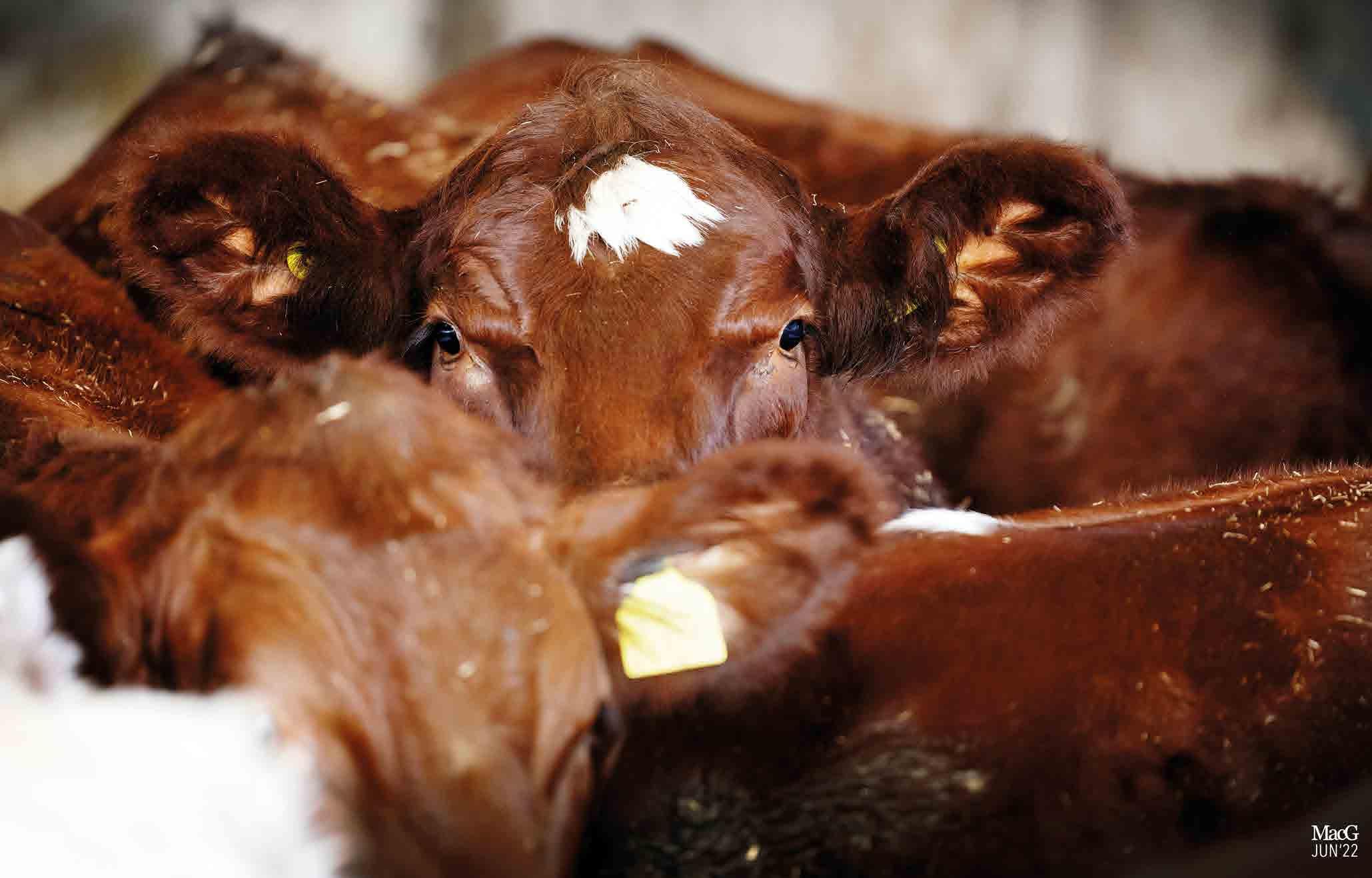
Neospora disease
Neospora is the main infectious cause of loss of pregnancy in cattle, often between five and seven months gestation. Remarkably it was only discovered as recently as the 1980s. The cause is a protozoan that is closely related to Toxoplasma, a similar disease of sheep.
Both parasites have two hosts in their lifecycles. In the case of Neospora it has to go from cow to dog and back again. Cows rarely infect other cows, however, dogs can infect other dogs. The only exception to this is via the placenta where an infected dam will almost inevitably infect her unborn calf.
Reproductive losses are from reabsorption, abortion, stillbirth and weak calves depending on the age of the affected foetus.
Many surveys have shown that most herds have at least one positive animal and, in some cases, up to half the animals are affected, although this is a worst case.
There are two main routes of infection.
1. Infection of the unborn calf via its dam. This is the most common route of infection for a calf.
2. Cattle eating feed contaminated with infected dog faeces. This is a
Losing an animal to Johnes or Neospora can have a huge impact on a herd, but collecting embryos prior to culling can help preserve bloodlines.
less common route of infection, but an important mechanism for the introduction of disease into the herd.
Dogs are largely unaffected by the disease, remaining well even when infected. They become infected through eating raw meat or other infected material, maybe raw food waste or cleansings from the calving yard.
The infected dog may or may not be yours. Many farms are crossed by public footpaths used by dog walkers. The role of foxes is unknown and they may be involved. No one is sure. The infected dog excretes infectious oocytes for a period of time after infection until it becomes immune. It then stops shedding. It is not known how many times a dog can be infected, but it is probably more than once.
Control of Neospora is easier than Johnes and involves only three main aspects:
1. Identify affected cows and don’t keep their heifer calves for breeding.
Previous heifer calves from affected animals are probably affected and they also should not be used to breed replacements for the herd. Affected heifers often have some reproductive problem.
2. Avoid dog faeces contaminating cattle feed.
3. Avoid dogs becoming infected by only feeding cooked meat and avoiding scavenging of cleansings.
The good news is that cows rarely infect each other, even at calving, apart from the dam to daughter infection within the womb. A Neospora positive bull is no risk to the herd.
Again, CHECS offers detailed disease control options.
While control of Neospora is much easier and the results seen much more quickly than for Johnes. It still remains the case that it is difficult to justify retaining a positive cow or heifer for breeding purposes if the heifer calves are intended to be kept for breeding themselves.
As with Johnes disease, Neospora infected animals produce clean embryos. Again, Tyndale Vets is able to house these infected animals and produce disease free embryos to return to you to maintain and advance your herd genetics.
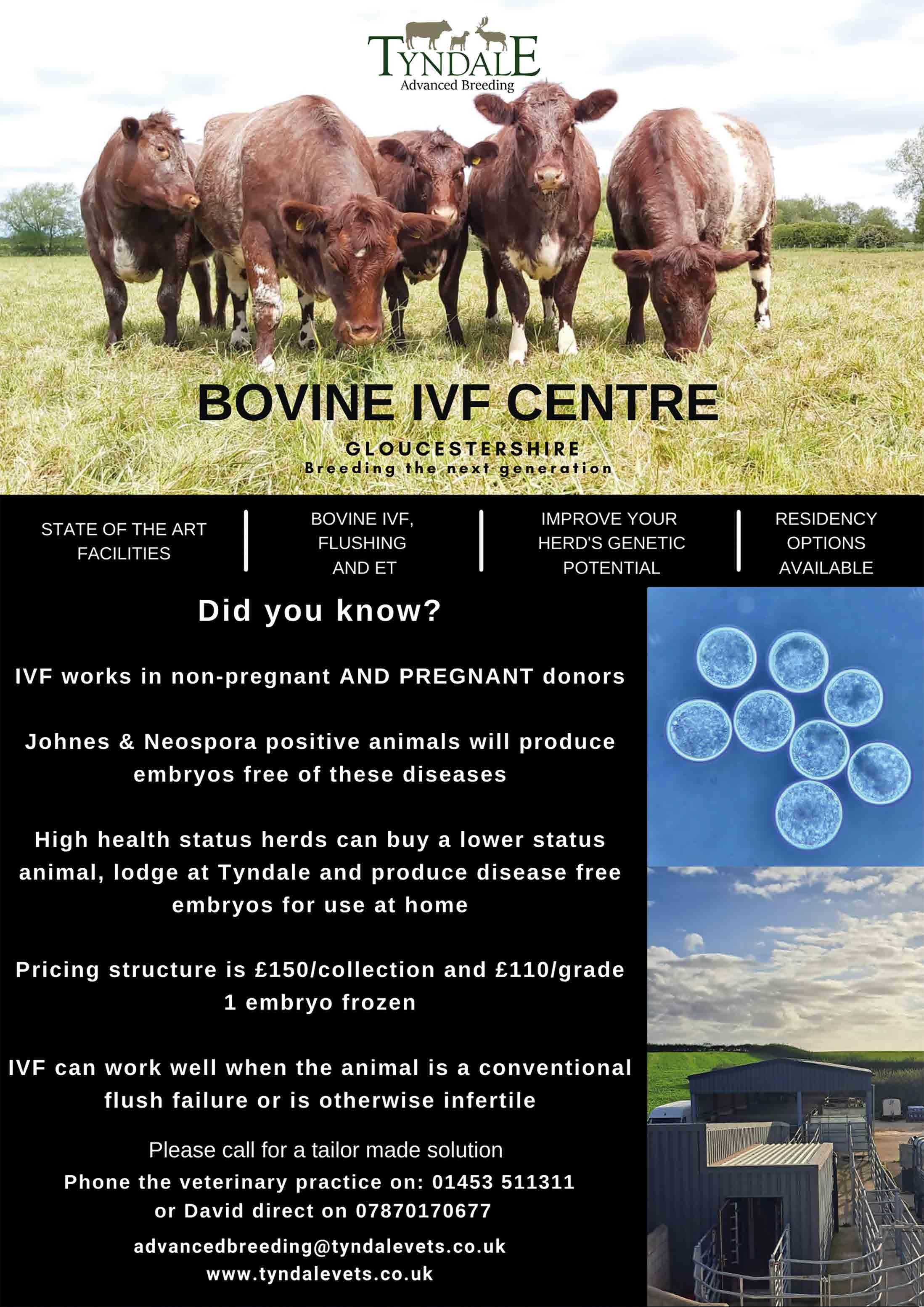
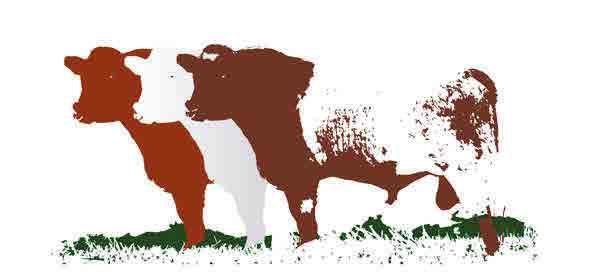
Wenmar Beef Shorthorns

Beef Shorthorn bulls, cows and heifers raised naturally for pedigree and commercial breeding

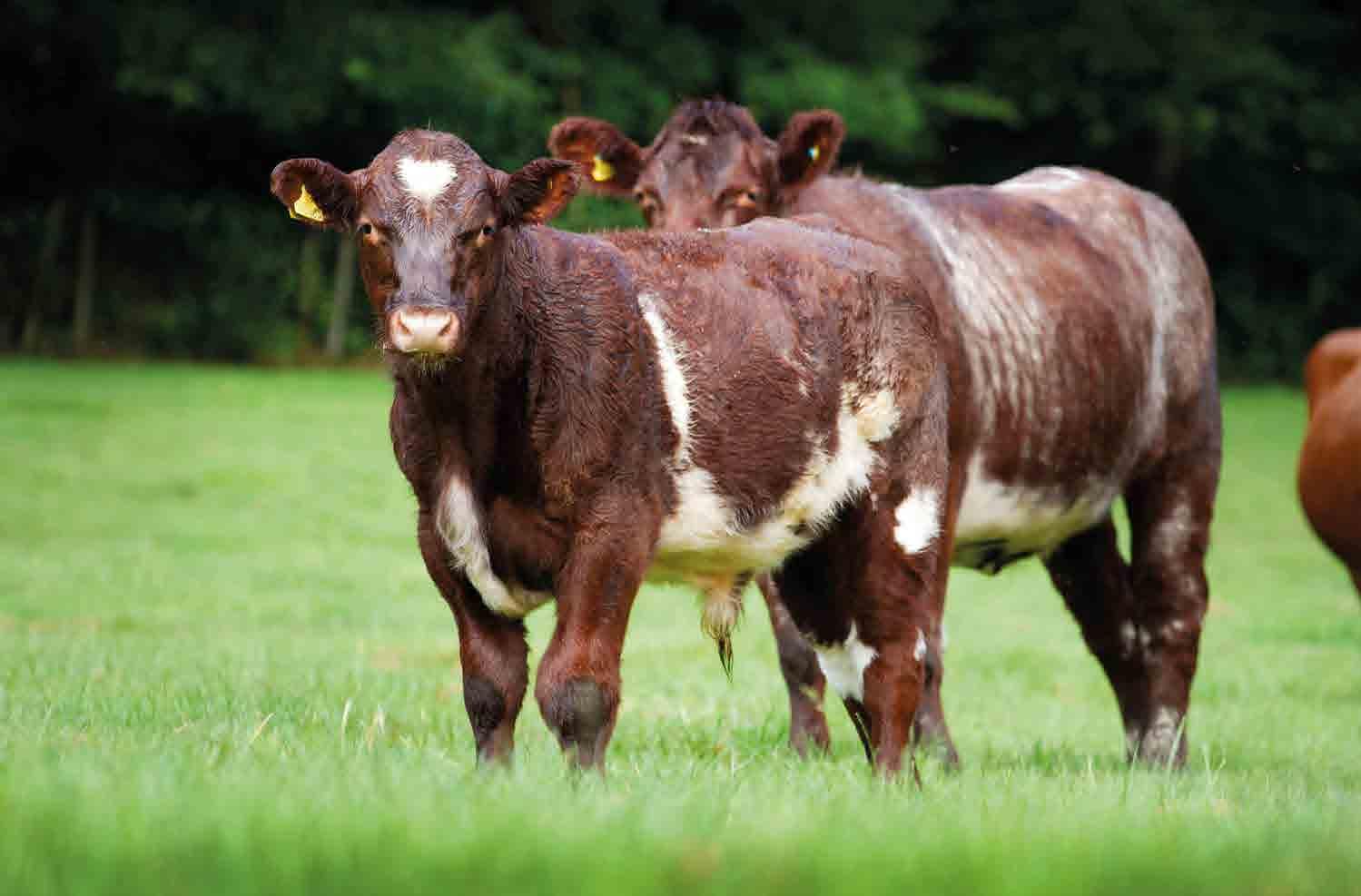
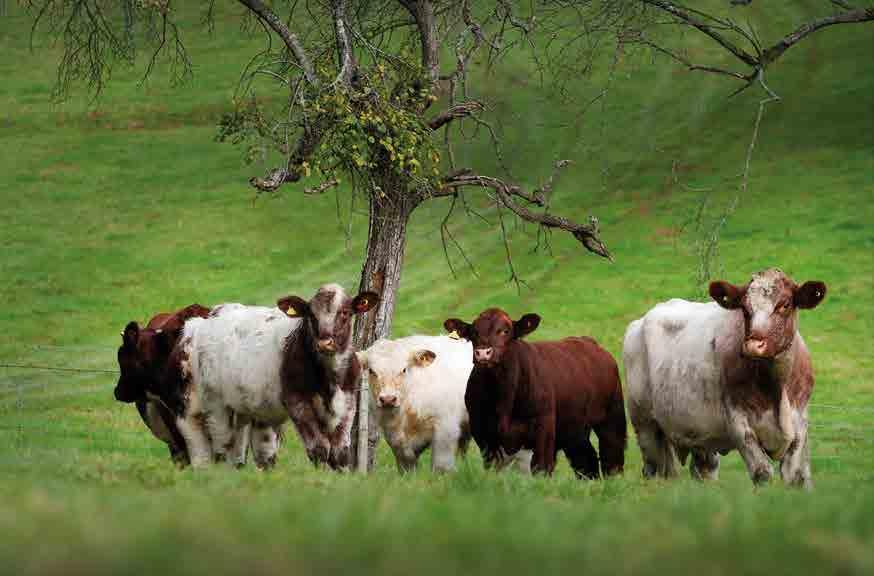
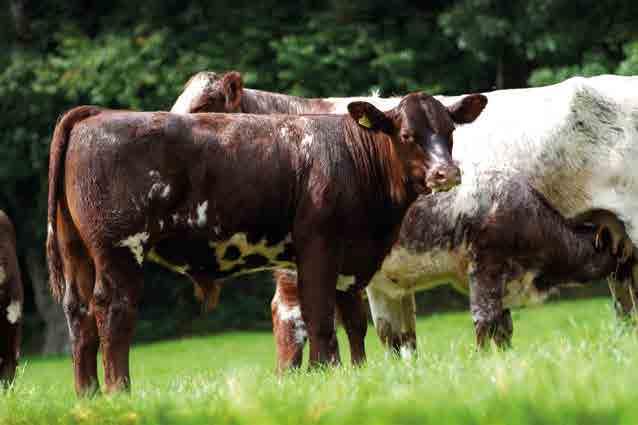
Visitors always welcome to view our cattle and breeding policy at any time, without any obligations other than to enjoy their visit
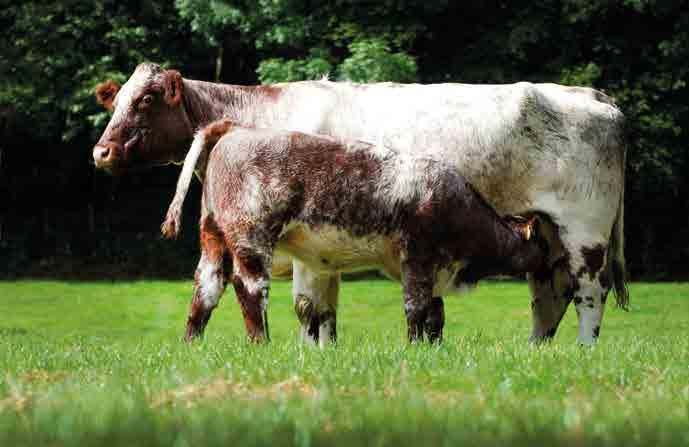
Blending strong British and worldwide Beef Shorthorn genetics
• We attempt to blend the best Beef Shorthorn genetics we can find from around the world, enabling us to offer our customers both sound fertile bulls, and hardy milky cows and heifers • Our cattle are reared to grow on naturally, when they leave us they are targeted to be ready to successfully breed • We recognise the importance of the strength of the female line, any female on our farm is able to be purchased if we are above our minimum number in her cow family • Young bulls usually for sale all year round
For a full listing of all of our cattle, embryos and semen available please visit our website:
Wenmar Beef Shorthorns
www.wenmarbeefshorthorns.com
For a friendly chat and further details contact Martyn Moore.
Wenmar Beef Shorthorns, Warren Farm, Lulsley, Knightwick, Worcestershire, WR6 5QT. Mobile: 07767 608012 Email: martyncmoore@manx.net










